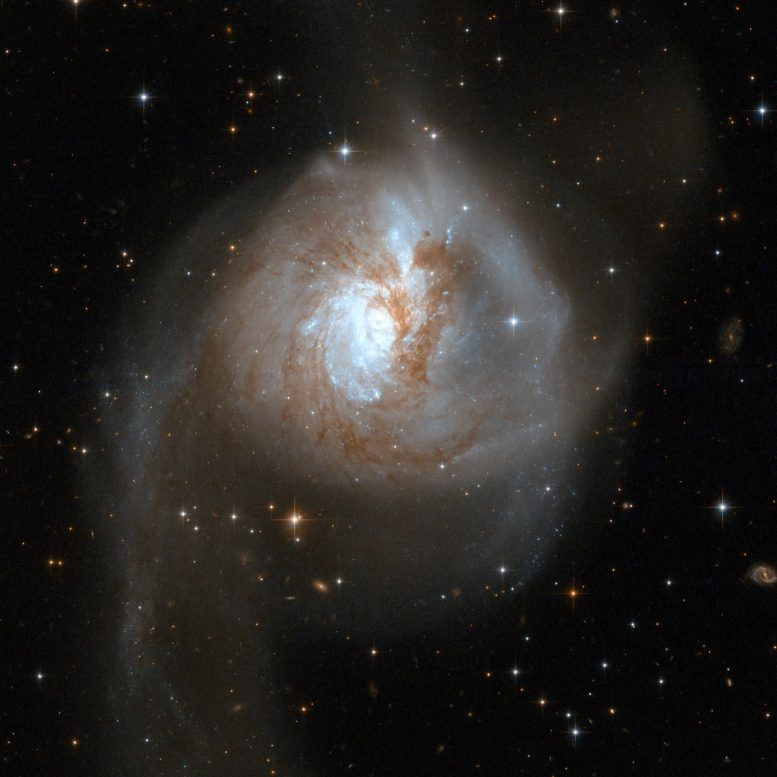
Although the two galaxies in NGC 3256 appear merged when viewed in visible light, a second, bright nucleus is found hiding among the tangle of dust lanes in the central region. By using a range of telescopes on the ground and in space, the GOALS (Great Observatories All-sky LIRG Survey) research team has been analyzing galaxies like NGC 3256 from X-ray through radio wavelengths. NGC 3256 has a buried active nucleus, large-scale shocks from two powerful outflows, and a huge number of compact, bright star clusters. Upcoming research with the James Webb Space Telescope will help researchers learn more about the outflows, which will allow them to better model the hot and cold gas, and determine what implications that has for how and where stars form in rapidly evolving galaxies. Credit: NASA, ESA, the Hubble Heritage (STScI/AURA)-ESA/Hubble Collaboration, and A. Evans (University of Virginia, Charlottesville/NRAO/Stony Brook University)
When galaxies collide, it’s as if all the players in a symphony have begun a furious crescendo: As their stars and gas fall toward the center, star formation escalates. At the same time, the galaxies’ black holes engorge themselves and light up, releasing energy and material into the surrounding gas. These “overtures,” which continue for hundreds of millions of years, are brightest where the centers of galaxies – called nuclei – merge, and those areas are also filled with dust. Until now, high-resolution infrared observations from space that can pierce through the dust weren’t possible. NASA’s James Webb Space Telescope’s observations will return both infrared imagery and spectra that will allow researchers to add incredible detail to our understanding of the precise mechanics at work.
Discover how telescopes make it possible to look back in time and study the history of the universe, and how NASA’s James Webb Space Telescope will fill in new details on galaxy evolution over time. The earliest pages of cosmic history are blank, but Webb will allow us to look back farther in time than ever before, helping to fill in the lost pages of the universe’s story. Credit: NASA, ESA, CSA, and L. Hustak and D. Player (STScI)
A research team led by Lee Armus of the California Institute of Technology/IPAC in Pasadena and Aaron Evans of the University of Virginia and the National Radio Astronomy Observatory in Charlottesville will study the centers of a class of interacting galaxies known as merging luminous infrared galaxies. “Webb’s instruments will provide huge leaps in our abilities to resolve what is happening in these galaxies,” explained Armus. “The images and spectra will not only be 50 to 100 times more sensitive than previous infrared data, but also significantly sharper.”
These merging galaxies are often gas-rich spiral galaxies, which means they are still forming stars before colliding. As they approach one another and conduct a delicate “dance,” gas in the galaxies loses angular momentum and funnels toward the center. This triggers additional star formation at an accelerated rate, up to hundreds of solar masses per year compared to one or two per year observed in normal star-forming galaxies like our own. While stars are forming, they heat the surrounding dust, generating enormous amounts of energy in infrared light.
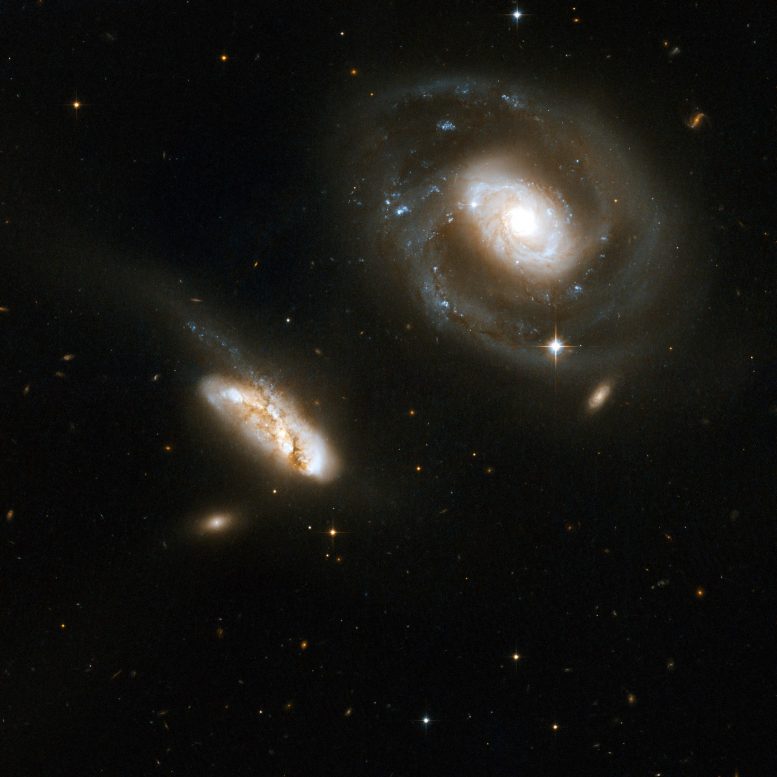
Since the galaxies that make up NGC 7469 are both almost face-on when viewed from Earth, it’s easier to identify the areas where a black hole may exist. A powerful accreting supermassive black hole, surrounded by a ring of young stars, lives at the heart of the galaxy in the upper right. High-resolution infrared imagery from the James Webb Space Telescope is required to determine if the stars form differently around a central supermassive black hole compared to star formation farther out in the galaxy’s arms. Webb will also help researchers trace the gas outflows, which will help pinpoint where and how the interstellar medium is affected, which subsequently drives or quenches star formation. Credit: NASA, ESA, the Hubble Heritage (STScI/AURA)-ESA/Hubble Collaboration, and A. Evans (University of Virginia, Charlottesville/NRAO/Stony Brook University)
Webb’s high-resolution, infrared instruments will allow researchers to resolve the central star-forming regions for the first time. “We are aiming to observe areas as small as 150 to 300 light-years across,” said Evans. “For context, these galaxies span hundreds of millions of light-years across. Webb will strip away all the dust and see the activity that’s at their cores.”
Pulling back the “Dusty” Curtain
Each of the team’s targets is part of a much larger, multi-decade program known as GOALS, the Great Observatories All-sky LIRG Survey. The research team has studied more than 200 merging luminous infrared galaxies across the electromagnetic spectrum, from radio and ultraviolet light to visible and X-ray light, building robust data sets for each.
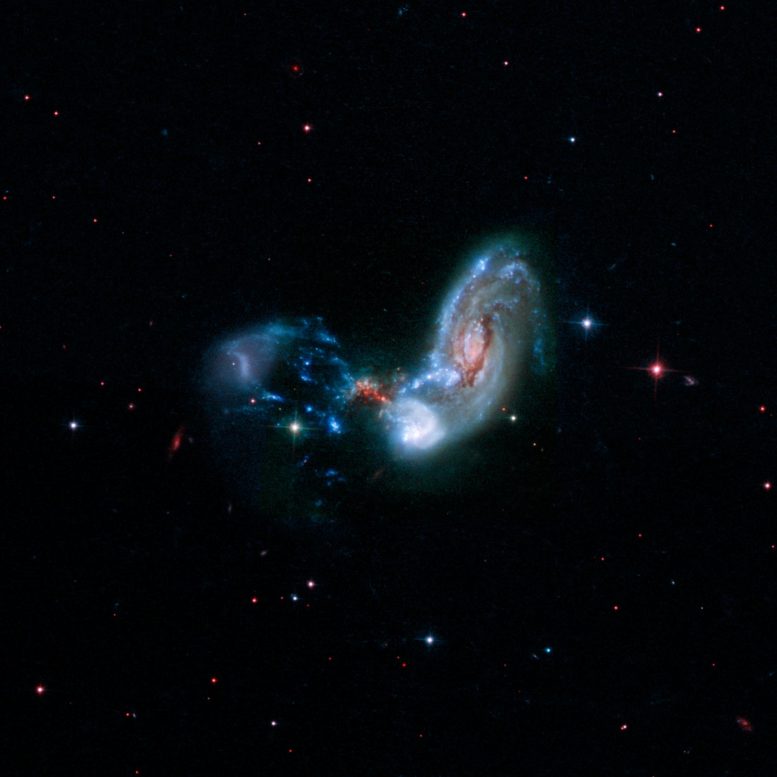
These merging galaxies, known as II Zw 096, are the site of a spectacular burst of star formation that is hinted at in the red speckles near the middle of the image. This dust-shrouded area conceals a brilliant burst of star formation that becomes more apparent at longer wavelengths of infrared light. The image above combines near-infrared, visible, and far-ultraviolet observations from the Hubble Space Telescope. Researchers using infrared data from NASA’s Spitzer Space Telescope estimated the starburst, which lives in a small red region at the center of this image, is cranking out stars at the breakneck pace of around 100 solar masses per year. The upcoming James Webb Space Telescope will allow researchers to penetrate the dust and search for a buried, rapidly growing supermassive black hole. Credit: NASA/JPL-Caltech/STScI/H. Inami (SSC/Caltech)
The researchers carefully selected four targets – each made up of two galaxies – to produce a far more complete view of the activity that’s occurring in these merging galaxies by adding high-resolution infrared data. They have a range of characteristics, though all are marked by intense star formation or an actively feeding supermassive black hole:
- Two nuclei are at the center of NGC 3256, but one is largely hidden by dark bands of dust, making infrared observations essential to fully understand where stars are forming and where black holes may lie – as well as how they influence one another. Strong galactic winds emerge from both nuclei, but their properties are largely unknown.
- NGC 7469 has a starburst ring, and a central bright active galactic nucleus with a jet. Webb’s observations will help the researchers determine how the central, active nucleus is influencing star formation in the center of the galaxy.
- Dust also shrouds one of the pair of galaxies making up VV 114. Though it is known that widespread star formation is occurring throughout both interacting galaxies, one shines brightly in the infrared and the other in ultraviolet light. Webb will give us the clearest view yet of this fascinating and complex merging pair.
- II Zw 096 is unique among GOALS galaxies since the source of its immense infrared power comes from a very compact region not associated with the nuclei of either of the merging galaxies. This object is producing stars nearly 100 times faster than the Milky Way, but in a region less than one ten-thousandth the area. Webb will follow up on observations of these galaxies by NASA’s retired Spitzer Space Telescope, allowing researchers to penetrate the dust and search for a buried, rapidly growing supermassive black hole.
To uncover the processes that cause these conditions, it’s essential to pinpoint where and how fast stars are forming, and to measure how much gas the central black holes are accreting with Webb’s infrared observations. “All of these objects, including stars and black holes, are competing for resources,” Armus explained. “Black holes need gas to grow, and as they grow they become energetic and drive outflows. In turn, those outflows affect how stars form by heating and pushing away the gas. With Webb, we will have the ability to understand what the interplay is between all of these processes.”
In addition to images, Webb will gather spectra from the centers of these four merging galaxies. “The images will tell us where things are, but spectra provide the really rich information: They tell you what is there and how it may be moving,” said co-investigator Vivian U of the University of California, Irvine.
To understand what’s happening at the centers of these merging galaxies, the team needs both imagery and highly detailed spectral maps of the active regions around the nuclei – far better than spectra that deliver an average of the entire area observed. Webb’s Near Infrared Spectrograph (NIRSpec) and its Mid-Infrared Instrument (MIRI) can do exactly this, which will allow researchers to measure not only what is there, but also the physical conditions within the star-forming regions at the nucleus for the first time.
“Dust lanes are beautiful until you try to find out what’s happening behind them,” U continued. “In near- and mid-infrared, we will start seeing through the dust. And by observing what’s happening at small scales for the first time, we will learn how gas and dust are affecting star formation and the interstellar medium in these environments.”
Far-reaching Research Implications
Although theoretical models of merging galaxies demonstrate how stars form, they currently do not precisely account for how supermassive black holes and lots of hot young stars impact their surrounding environments, or how gas moves within galaxy mergers. The Webb data should give researchers a clear look at the centers of merging galaxies and inform a new generation of models that will describe how galaxies interact and merge.
As part of this study, the team will update and deliver software, first written for Spitzer Space Telescope data, to fit the Webb spectra and generate maps of the galaxies in different emission lines and colors. The team will also use this software to map the dynamics of the gas around the nuclei and study how outflows shape their evolution.
In addition to benefiting scientists who research these or similar objects, this program will also demonstrate Webb’s capabilities in a wide range of scientific applications, helping other scientists effectively and efficiently use the observatory to meet their own science goals and provide a detailed look at nearby galaxies that may resemble young systems in the early universe.
This research is being conducted as part of a Webb Director’s Discretionary-Early Release Science (ERS) program. This program provides time to selected projects early in the telescope’s mission, allowing researchers to quickly learn how best to use Webb’s capabilities, while also yielding robust science.
The James Webb Space Telescope will be the world’s premier space science observatory when it launches in 2021. Webb will solve mysteries in our solar system, look beyond to distant worlds around other stars, and probe the mysterious structures and origins of our universe and our place in it. Webb is an international program led by NASA with its partners, ESA (European Space Agency) and the Canadian Space Agency.


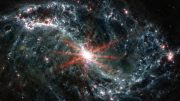
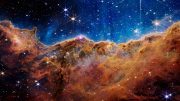
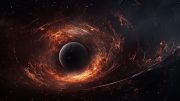
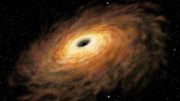
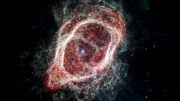
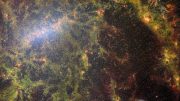
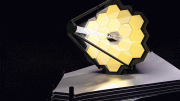
If it successfully gets off the ground and functions perfectly once it gets in space, it will be great. Keep your fingers crossed because it anything at all goes wrong it is probably toast, since there is no way to get to it to correct any malfunctions. Guess they don’t believe in Murphy’s Law.
Murphy is the most powerful force in the Universe. Eventually Murphy always wins. The art is in delaying Murphy.